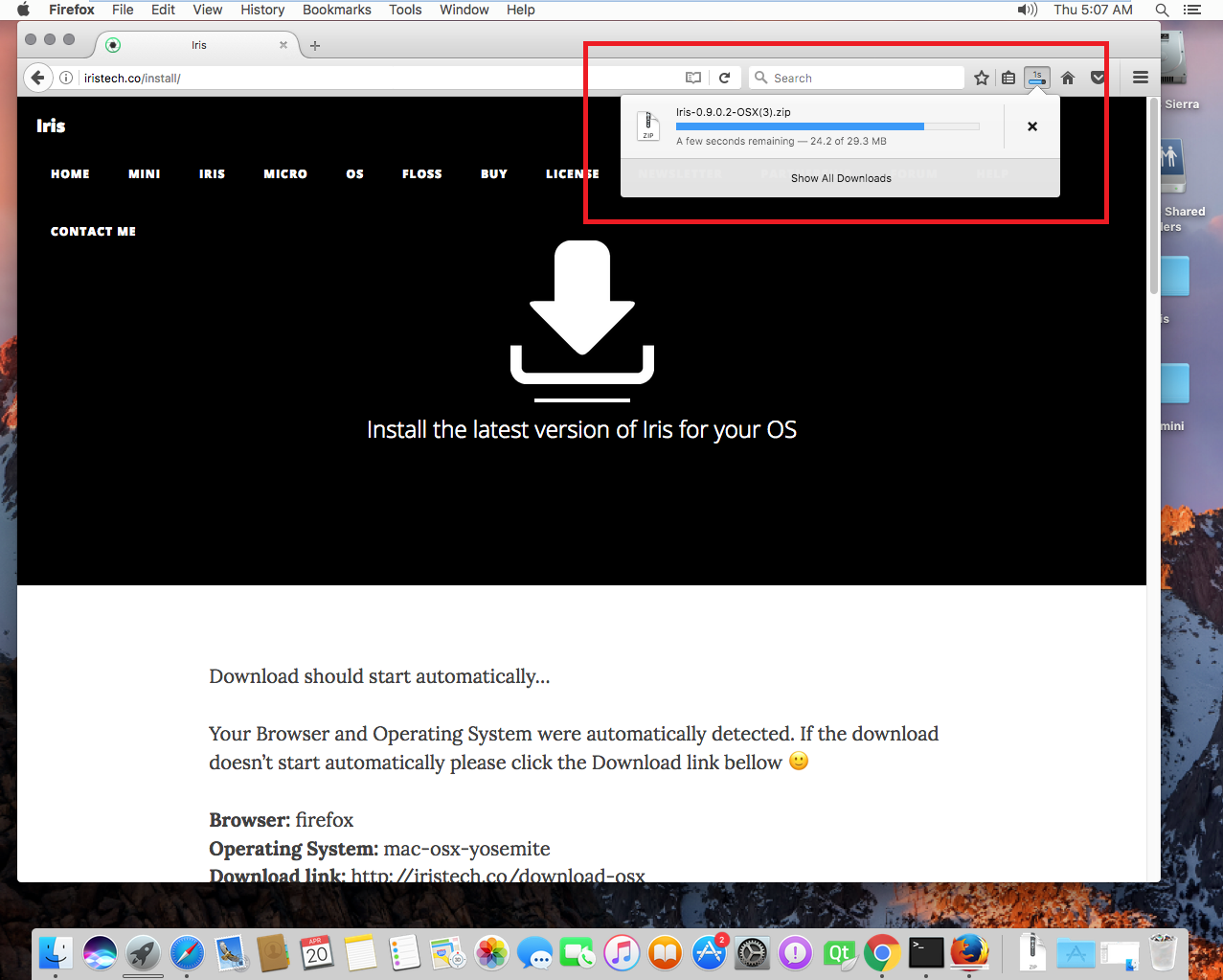

You can also fit the image in the window, which is the default setting. If you’re working in the Edit window, choose a percentage from the Size menu (up to 200%). Click the buttons on either side of the slider for minimum zoom (left) and maximum zoom (right). When you enter Edit view, your image is zoomed out as far as it can go. In Edit view, use the Size slider (right below the content pane) to zoom in on your photo. With nothing selected, click the Sepia button. The technique is often used to make newer photos look old-timey. Whereas unaltered black-and-white images can be stark, sepia-toned images are said to take the edge off. Once again, be sure no part of the photo is selected and then click B&W to convert the image. Why take a perfectly good color photo and render it in black and white? You might have artistic reasons for doing so something to do with illustrating the starkness of the Arizona landscape, maybe? Whatever the reason, you can make the change with the B&W button. Hold the Control key to view before and after versions. Click and drag the mouse back and forth over the blemish area. To retouch a portion of an image, click the Retouch button. The Retouch tool allows you to cover them up. Whether they’re birthmarks, the oily aftermath of a chocolate binge, or a bit of unidentifiable gunk, blemishes sometimes appear on faces and surfaces. To choose the rotate direction instead, Ctrl-click the image and choose Rotate Clockwise or Rotate Counter-Clockwise.įigure 3.17 Click the Red Eye button to correct the selected eye. Click it once to turn an image 90°, and again to go 90° more. The Rotate button appears on the standard and Editing toolbars. Use these if you catch an edit you don’t like before moving on to another action. Like most other OS X applications in which you edit files, iPhoto also provides Undo and Redo commands on the Edit menu. While you are working on a photo, you always have access to the Revert to Original command from the Photos menu or the contextual menu. IPhoto lets you recover from mistakes, too. You can duplicate an image in Organize view or Edit view (Ctrl-click and choose Duplicate). To protect your original, duplicate the image before you edit, working on a copy and renaming it so that you can distinguish the two easily. If you are just getting started with image editing, or if you are editing images for specific exporting or printing purposes, you won’t want to lose the original.
#Iphoto library manager free programs how to#
First though, a few words about what happens to images you edit, and how to avoid making boo-boos with your precious photos. I’m going to walk you through all of iPhoto’s editing tools. When you save a photo you’ve edited in an external application, your altered image is available in iPhoto, just as if you had worked on it in Edit view or in the editing window. Navigate to an image-editing tool you like. To use an external application such as Photoshop or GraphicConverter, click Opens Photo In, and then click the Select Application button. To open a separate window when you double-click a photo, choose iPhoto, Preferences and click the Opens Photo in Edit Window radio button, found on the General tab. Customize the Editing EnvironmentĪs I mentioned earlier, Edit view is the default editing environment. The new window displays the photo and a toolbar with the same options in the main Edit view. If you’d rather, Ctrl-click a photo in the content pane and choose Edit in Separate Window from the contextual menu. Figure 3.14 Edit view shows the enlarged image and a set of editing tools.


 0 kommentar(er)
0 kommentar(er)
